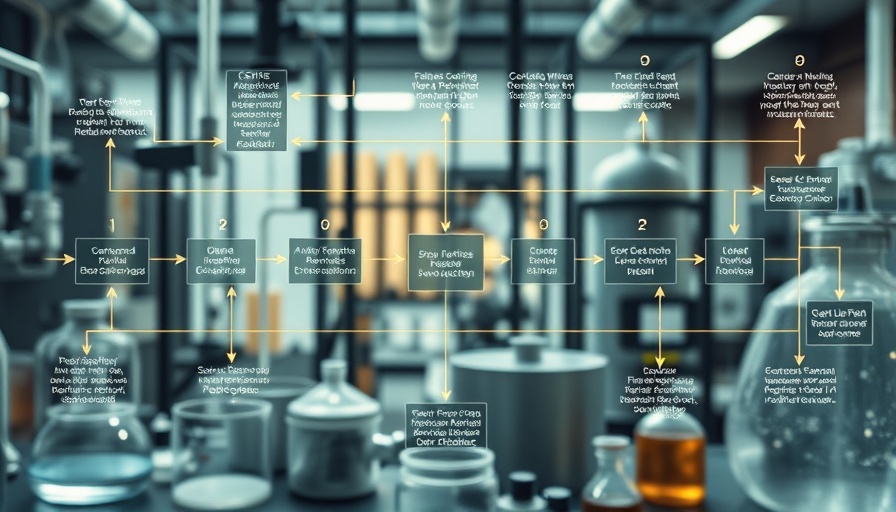
Unveiling the Power of Microbes in Green Chemistry
With climate change escalating and fossil fuels dwindling, the quest for sustainable chemical production has reached a critical point. Recent research from the Korea Advanced Institute of Science and Technology (KAIST) sheds light on how optimal microbial strains and innovative metabolic engineering strategies can transform the landscape of eco-friendly chemical manufacturing.
Understanding the Role of Microbial Cell Factories
Microbial cell factories—tiny organisms engineered to produce valuable chemicals—are emerging as eco-friendly alternatives to traditional chemical manufacturing processes. This evolution is driven by the urgent need to find renewable resources to replace depleting fossil fuels. In a significant advancement, researchers led by Professor Sang Yup Lee have conducted an in-depth analysis of the metabolic capabilities of various microorganisms. Their findings emphasize the effectiveness of in silico models, which utilize advanced computer simulations to streamline and enhance the production process.
How Genome-Scale Metabolic Models are Revolutionizing Chemical Production
The introduction of genome-scale metabolic models (GEMs) represents a revolutionary breakthrough in biomanufacturing. Unlike traditional methods that rely on extensive laboratory trials—which can be time-consuming and costly—GEMs allow researchers to simulate and analyze metabolic pathways efficiently. By mapping out entire metabolic networks, scientists can identify not only the most efficient microbial strains for specific chemicals but also the optimal metabolic engineering strategies to maximize yield.
The Promise of Sustainable Production
The KAIST team’s analysis evaluated five representative industrial microorganisms, including Escherichia coli and Saccharomyces cerevisiae, assessing their production capabilities for 235 valuable chemicals. This comprehensive approach has the potential to significantly streamline the selection process for microbial cell factories, ultimately enhancing the production efficiency of sustainable chemicals.
Challenges and Opportunities Ahead
Despite these advances, challenges remain. The complexities of metabolic pathways can still pose significant obstacles in practical applications. However, the GIS strategy developed by Professor Lee and his team offers a path forward, ensuring that the transition to sustainable chemical production is not only feasible but also economically viable.
Implications for Tomorrow's Industries
The implications of this research extend beyond the lab. As industries increasingly turn towards sustainable practices, the optimized strains and metabolic pathways identified by KAIST could form the cornerstone of future green chemical production. This shift not only holds promise for reducing our carbon footprint but also aligns with a broader push towards sustainable living and responsible consumption.
Call to Action
As we stand at the forefront of this green revolution, it is vital for industries, researchers, and consumers to collaborate on promoting sustainable practices. The tools and insights unveiled by such studies can lead us toward a more sustainable future, helping to mitigate climate impacts while fostering innovation in the biotech sector. Let's embrace these developments and support a sustainable chemical future!
 Add Row
Add Row  Add
Add 




Write A Comment